If you’re new here, welcome! Silky Crunch is a newsletter about buying better, cuter things. In this letter:
Postcards from Lebanon
Plastic-free footwear for the summer
Plastic-free UPF and sun-protective clothing
🕊️ Postcards from Lebanon
Hello from Beirut, where it’s hot already and the beaches are popping off. I love Lebanon in the summer because you can hike in the mountains to enjoy a cool breeze by the river, or sunbathe on the Mediterranean sea. Choices!
I haven’t had a proper beach day yet, though one of our hikes ended with afternoon beers by the water.
Despite all the sadness— drones overhead, vibrations from the nearby town that’s being bombed by Israel because most residents are Shia Muslims, the never-ending uncertainty— visiting Nour’s parents and siblings (and having the best time) each year is one small way of resisting the Zionist invaders from the south.
As Israel invaded Lebanon last October, friends have asked me why. Why have they invaded so many times (1948, 1978, 1982-2000, 2006) ever since the British passed the baton of colonization of Palestine to European Zionists in 1948? Why are they bombing the entire country?
Lots of expert analyses out there, but here’s my opinion.1
Other than the obvious land theft, they (Zionists) hate Lebanon because it represents everything they are not, and everything they refuse to be: a constant celebration of life, a society where everyday people live and let live. 18 religious sects are recognized by the government equally, which makes sense considering these are holy lands for so many of us around the world. One of the recognized religions is Judaism.
Lebanon is a parallel representation of what Palestine could have been, had the British left Palestine as the French “left” Lebanon in 1944.
In Lebanon I’ve danced at Maronite Christian weddings, Armenian Orthodox weddings, Syrian Catholic weddings, Druze weddings. I’ve prayed at an Ethiopian Protestant church, found respite inside beautiful mosques. I’ve held interfaith babies who were Christian and Sunni, Shia and Druze.
“Cool, but what about Jews?” Well, I will never forget what a baker told me, 9 years ago, when I asked about a glass Star of David window. He told me no one lived in that building, because “what if the Jews come back one day?”
Lebanese Jews in the diaspora had been going back to visit, scheduling tours of heritage sites on Facebook, including synagogues and a Jewish cemetery right in the middle of Beirut. What a contrast to the desecrated graves we see in Palestine.
Zionists don’t want Jewish people to go to Lebanon and have a good time. Exceptions are made for Jewish Americans like Thomas Friedman, who sip wine on a Beirut balcony while typing up words like “filthy, exotic, impossible” to describe non-Jewish Arabs so they can be de-humanized, then bombed with American tax dollars.
Without bombing biblical cedars, how can colonizers perpetuate the narrative that it was white Europeans that “made the desert bloom”? Without killing civilians by the tens of thousands, how can they claim to be “the only safe country in the Middle East”?
Oh shoot. This was supposed to be a newsletter about the best beach sandals and hats. But for me, it’s all related. If you care about your health and our environment, the amount of government tax dollars going to weapons development and the bombing of civilians should disgust you. (I hate that I’m mentioning taxes and the environmental cost, because we’re so numb to the photos of dead children.)
🩴 Footwear for the beach
Do you wear jelly sandals? I really wanted a pair all year until I read Carly Roberts’ hit piece on The Row’s jelly shoes. A fantastic read, which mostly cured me.
“Jelly shoes, which are a popular children’s shoe style, were found to have lead at 52 ppm and dibutyl phthalate at 26.5 ppm. This is highly concerning, as there is no safe threshold for lead exposure and DBP is a known endocrine disruptor.”
These studies aren’t new. In 2010, the Danish Environmental Protection Agency released a Survey of Chemical Substances in Consumer Products, titled "Phthalates in Plastic Sandals,” concluding that phthalates leaching from plastic sandals are a “significant” source of reproductive toxins.
And yet! These Sandana jelly sandals ($38) are still on my mind. They’re 100% recycled plastic, marketed as 'hemp plastic,' though the hemp is only used for coloring (according to some descriptions).
If you love the look of jelly sandals but want to protect your feet, you could get a little linen shoe liner, which would also keep the toes from getting slimy!
The only “beach” sandals I’ve purchased in the past 4 years have been a version of these Chacos, which are 100% plastic. They’re perfect for kayaking, hiking, even aperitivo with a little dress while banking 20,000 steps on cobblestone streets.
But now that I’m trying to reduce skin contact with hot plastic, it’s time for a new summer sandal. I’m open to buying a few different styles, since wearing varied footwear is also good for your feet.
Natural fiber sandals I looked at:
100% natural, tree rubber flip-flops from Feelgoodz for men and for women ($30). I’ve never heard of Feelgoodz before? I bought the color Sangria in my usual size for this trip and they’re perfect. Not foamy like Old Navy flip flops. While I was skeptical about spending $30, I think they’ll last for a while. Like there won’t be chunks of plastic falling off onto the beach, you know?
Nour has worn these Rainbow flip flops ($60) to the beach for at least five years and finds them truly comfy. Apparently they’re lined with leather. To be honest, I always thought Rainbows were fugly but now have a newfound appreciation for what they’re trying to do! They also come with a lifetime guarantee.
Birkenstocks are the original crunchy sandal with their cork/latex/jute footbed, but now they have versions lined with shiny synthetics. So if you’re avoiding skin contact with plastic, watch out for versions like these without the original footbed or leather upper. They’re the ones most often on sale, marked “vegan,” with a synthetic lining and plastic upper.
Handwoven water hyacinth sandals ($21) from an Etsy seller that also boasts sweet woven bags.
Colorful sugarcane bio-foam sandals for little and big kids from Native. Styles for adults too, if you want an alternative to Crocs.
And of course, there are beautiful leather sandals out there. Most of them are over $100 though, and you might not want to get seawater on ‘em.
These Origo huaraches ($114) are made of natural leather and natural rubber, with a wider toebox.
Saltwater sandals ($72) that might safely scratch the itch for playful, nostalgic sandals.
I received these simple leather Dolce Vita sandals ($100) as a gift. They’re simple and strengthen my feet as I dip a toe into the barefoot movement.
👒 Sun-protective and UPF-rated Clothing
I like sun-protective clothing because I’m lazy about re-applying sunscreen once we’re at the beach. Does your skin get red and itchy after long hours in the sun, even though you’re wearing sunscreen? Could be worth getting a protective cover-up!
UPF stands for Ultraviolet Protection Factor, and 50+ means only 2% of UV will come through the clothing (so it’s different from SPF).
The REI website mentions:
“Darker fabrics usually provide more UV protection than lighter ones.
Denser weaves provide more UV protection than looser weaves.
Polyester and nylon offer more sun protection than natural fibers.”
Most UPF50+ clothing is synthetic, but based on my research, the tightness of the weave makes the biggest difference. Hemp is UPF50 (so more protective than cotton or linen) but a loose, baggy weave won’t be as protective.
My favorite in the past two years has been the Coolibar ZnO™ Fabric: zinc oxide protection with 52% cotton, 43% viscose from bamboo, and 5% elastane, or the ChambrayLite: 62% cotton and 38% lyocell.
These pieces don’t have that plastic sheen associated with UPF+ clothing that scream “I’m going golfing.”
Some ZnO™ Fabric favorites include this women’s shirt ($49), which is also available for men ($49) and toddlers ($29). There’s a bunch of colors on sale right now for $12-19, and they also have a Father’s Day sale going on.
I have this simple yet useful beach shawl in multiple colors. I might put it over my arm for a long drive so my arms don’t tan unevenly, or over my body at the beach when the sun gets too hot. It washes well and doesn’t look technical, since it’s mostly natural and plant-derived fibers.
What if you want zero plastic?
These hats in 100% cotton, or 80% cotton / 20% linen, are both UPF-rated.
Hemp is a UV resistant fabric, and if you can find quality, tight-knit clothing, it’ll be better than cotton or linen (that are not specifically UPF-rated). WNU’s 100% hemp shirts ($190) are on my wishlist.
I own these chambray pants ($99), 62% cotton and 38% lyocell. You can tie the ends if you’re walking on the beach so they don’t get wet!
Recommended this Tencell chambray men’s shirt ($89) to a friend who loves the outdoors but suffers from burns, even with fastidious sunscreen application.
Silky Crunch may earn a small commission if you purchase from one of the links above.
How do you stay safe in the sun? Any great brands I’ve missed? I’d love to hear your recs!
In Case You Missed It:
My main expertise comes from dancing at more Lebanese weddings than another American who lived in Beirut, Thomas L. Friedman, though I also happen to have a degree in Near Eastern Languages and Civilization.


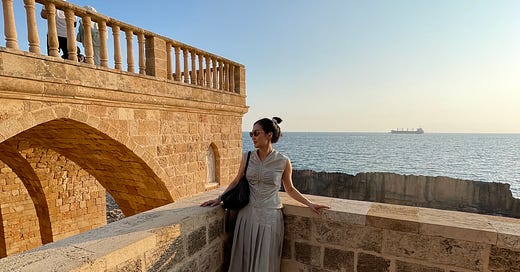



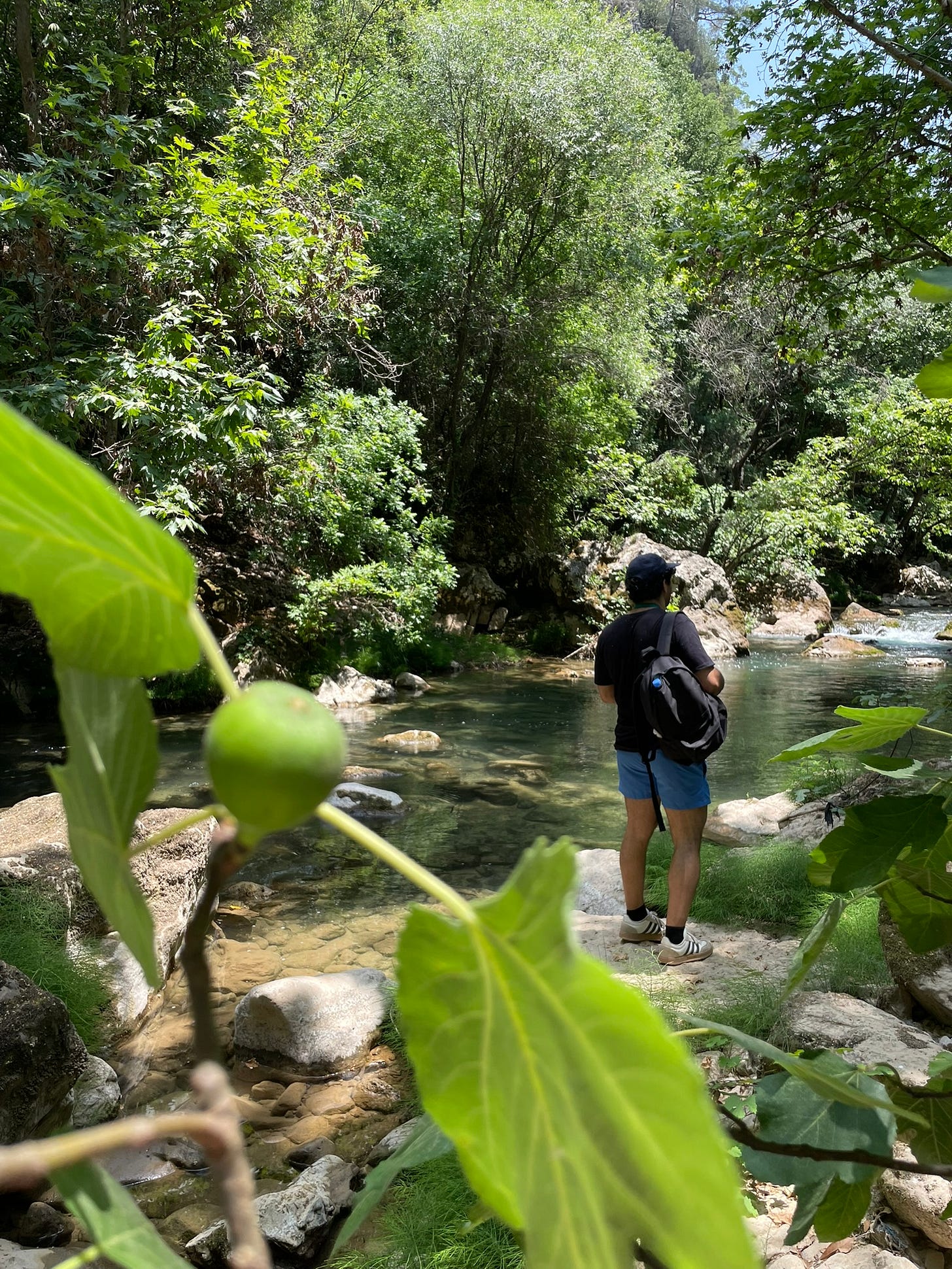
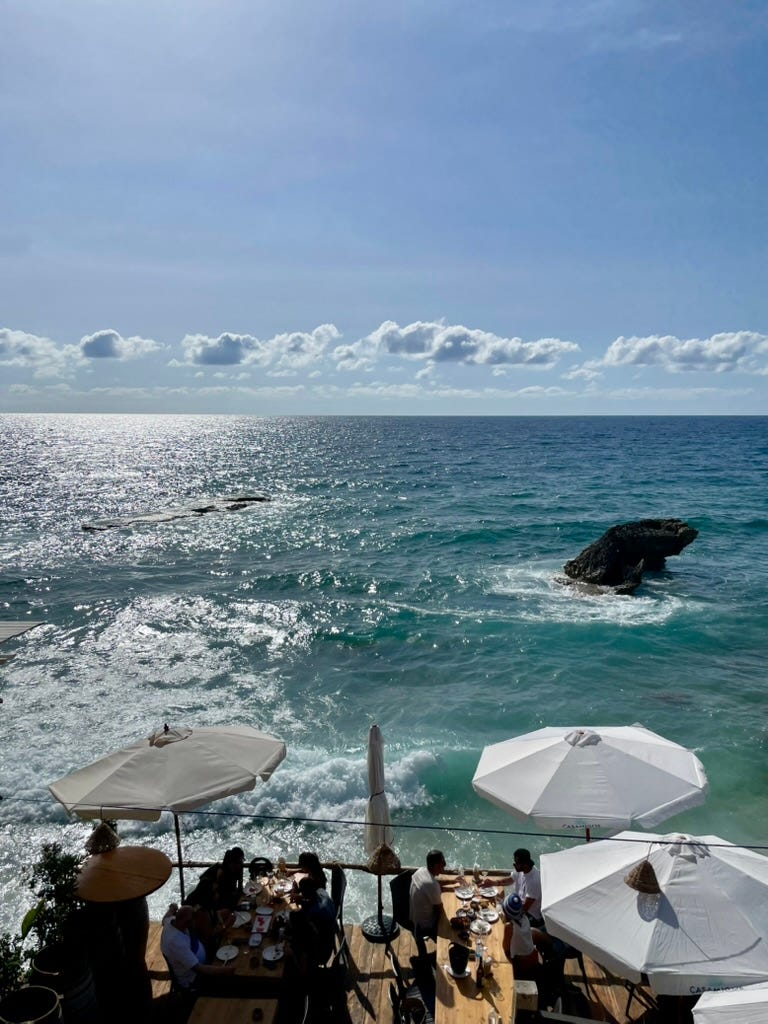

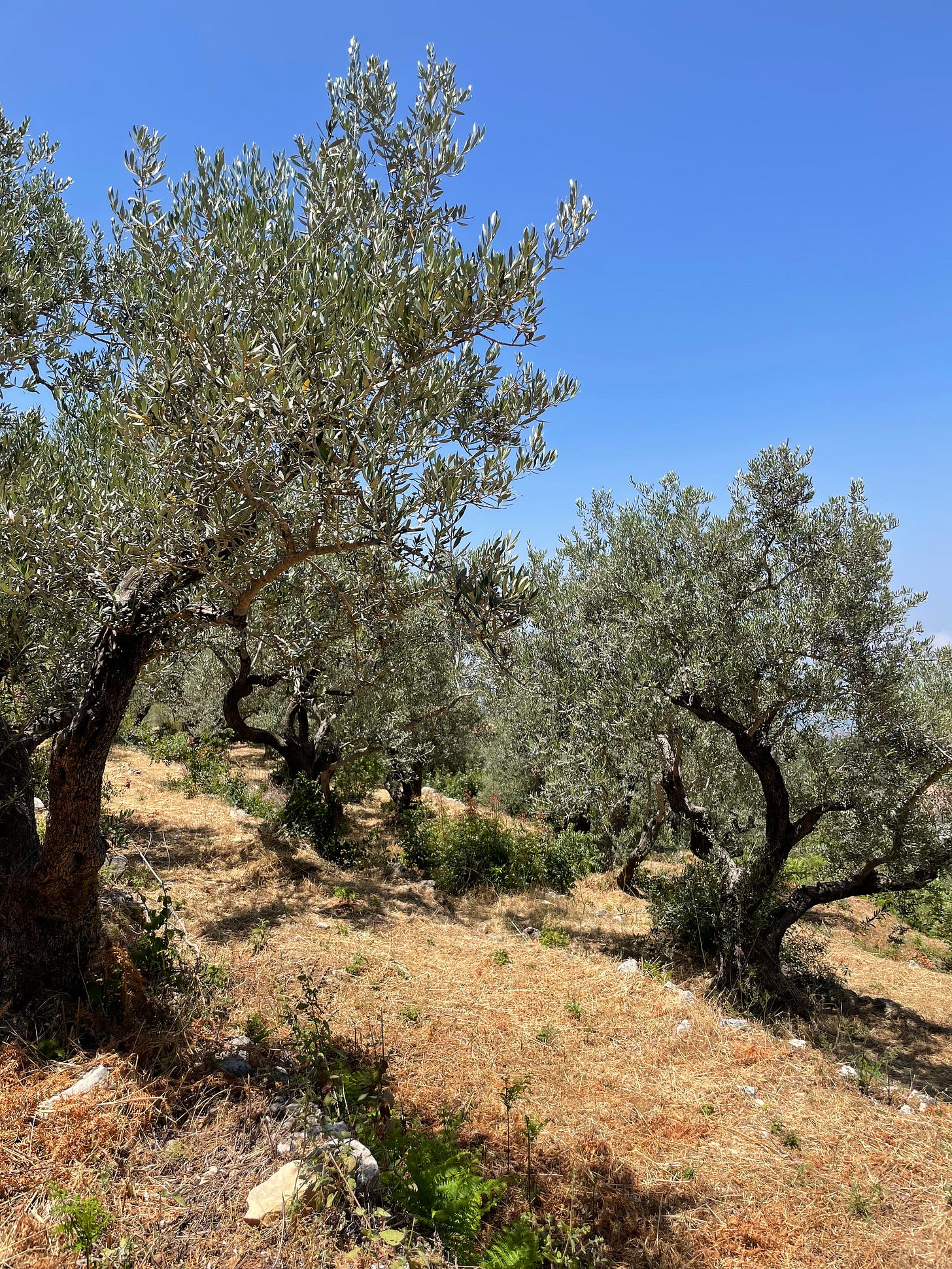

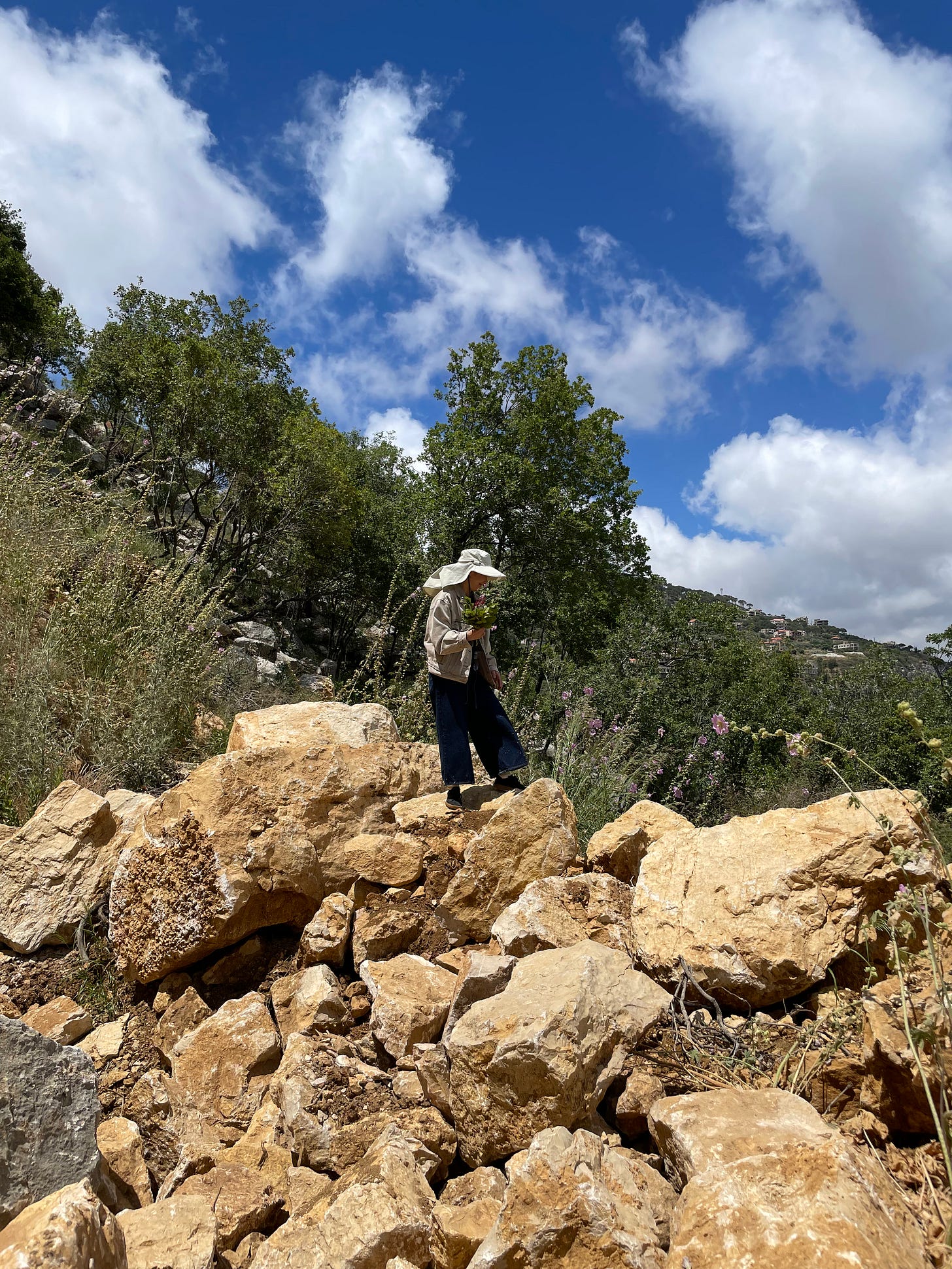
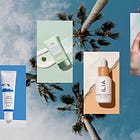


Beautiful post! Thank you for sharing and for the recommendations!
Love this! And the footnote.